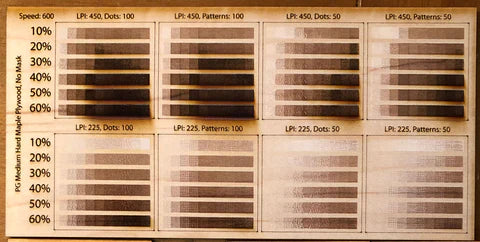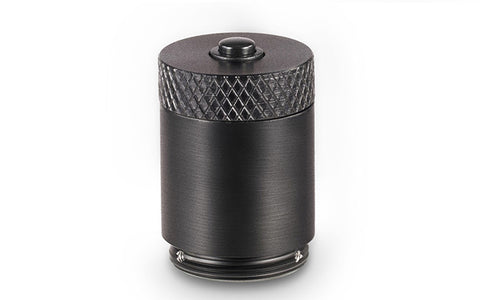Optimizing Workplace Health with Filter Fume Extractors for Laser Cutters and Engravers
Laser technology has revolutionized various industries, with laser cutters and laser engraving machines becoming essential tools for precision work in materials ranging from wood to acrylics. However, the efficiency of a laser cutter or a laser engraver comes with a lesser-known downside: the emission of hazardous gases and particulates. This is where the importance of a high-quality filter fume extractor becomes paramount to ensure a safe working environment.
Key Considerations for Laser Engraving Machine Operators
The Risks Associated with Laser Cutting and Engraving
When a laser engraving machine operates on different materials, it can release various harmful substances. For instance, a wood cutter laser can emit dust and formaldehyde, while plastic materials can produce toxic compounds like hydrogen chloride. Understanding these risks is crucial for operators of laser cutters and laser engravers to maintain workplace safety.
Laser Cutter and Laser Engraver Emissions
Laser Cutter and Laser Engraver Emissions
● Wood Cutter Lasers: Emit wood dust and VOCs when engraving wood.
● Acrylic Laser Engraving: Releases MMA fumes, a byproduct of laser cutting acrylic.
● PVC and Plastic Laser Cutting: Generates harmful chlorine-based compounds.
The Role of Filter Fume Extractors in Laser Engraving
Employing a filter fume extractor specifically designed for laser cutting and engraving applications is a critical step in mitigating these risks. These systems are engineered to trap particulates and gases, ensuring that the air quality in your workspace remains uncompromised.
Components of a Filter Fume Extractor for Laser Engravers
1. Pre-filters: Essential for capturing large particles from wood cutting and prolonging the life of finer filters.
2. HEPA Filters: Integral for trapping harmful micro-particulates produced during laser engraving and cutting processes.
3. Activated Carbon Layers: Effective in absorbing the gaseous pollutants common in laser cutting applications.
4. Chemical Filters: These are designed to neutralize specific chemicals like acids and organic vapors that are byproducts of laser engravers and cutters.

Best Practices for Laser Cutting and Engraving Safety
● Regular Maintenance: Keep your laser cutter and engraver in top condition to minimize harmful emissions.
● Adequate Ventilation: Ensure that your laser engraving machine is used in a well-ventilated area to disperse any unavoidable emissions.
● Use of Filter Fume Extractors: Integrate a filter fume extractor into your laser cutting and engraving operations to capture and neutralize hazardous emissions effectively.
Conclusion
The use of laser cutters and laser engraving machines in applications such as wood cutting and acrylic shaping is on the rise. To protect both the operators and the environment, it is essential to pair these powerful tools with equally efficient filter fume extractors. Implementing a robust fume extraction system not only safeguards health but also aligns with regulatory compliance and demonstrates a commitment to sustainable practices. By recognizing the potential hazards of laser cutting and engraving and investing in proper filtration, businesses can ensure a safer and cleaner production environment.
Related Articles







































